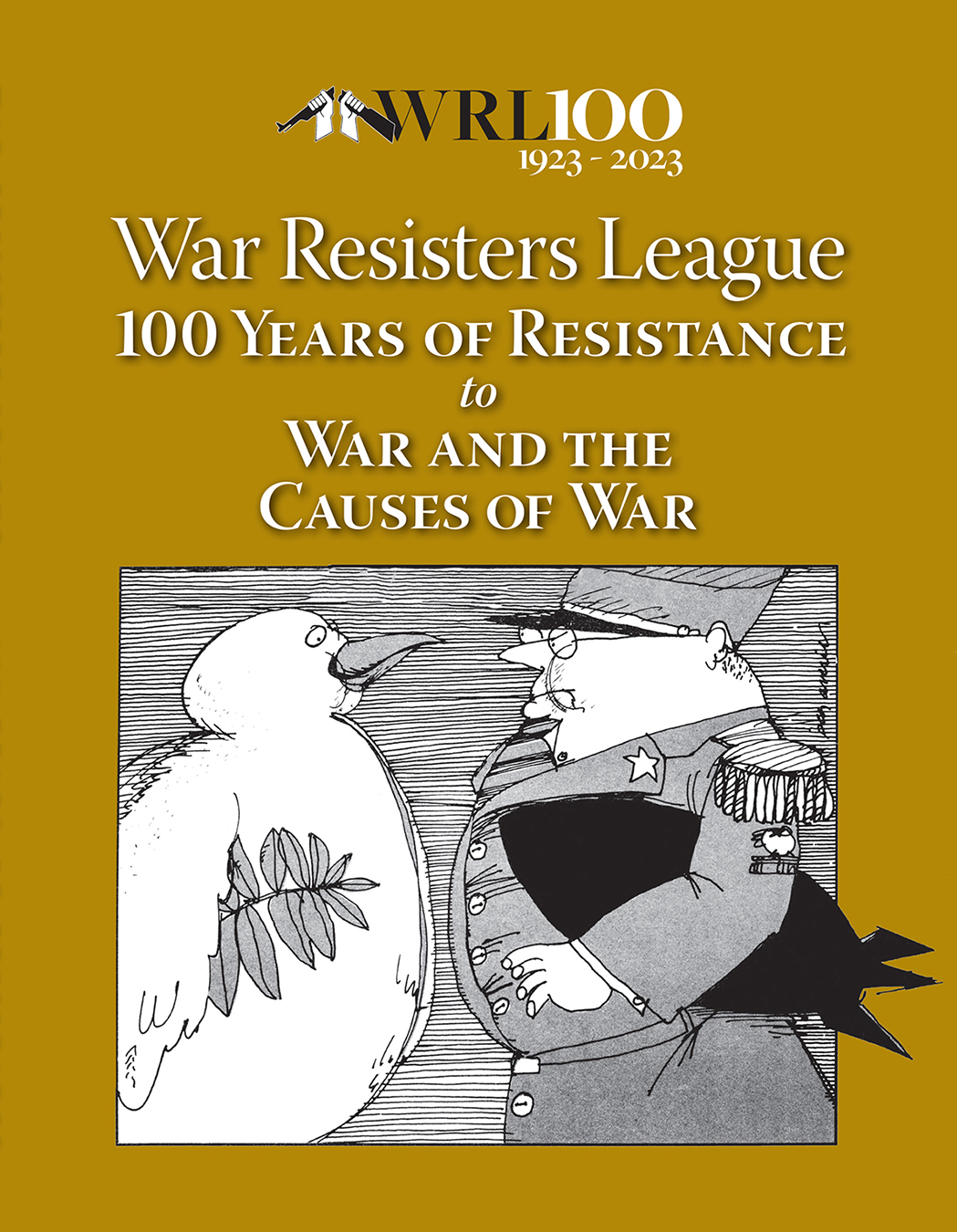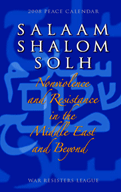“The protesters are coming! Watch out for ‘outside agitators!'”
One reads it almost daily here in the Windy City. For months, everyone thought both the North Atlantic Treaty Organization (NATO) and the G8 would convene in Chicago’s cavernous McCormick Place in May, bringing heads of state and thousands of other world leaders and their entourages to the city on the shores of Lake Michigan. The rare confluence of NATO meeting at the same time as the G8 makes clear the growing link between the military and economic policies of the countries that see themselves as the world police.
Every media report about the meetings spoke of the thousands of protesters expected to apply “street heat,” using their first-amendment rights to object to both NATO’s global war-making and the economic austerity programs recommended by the G8.
Then on March 5, President Obama changed his mind. He disinvited the heads of the eight wealthy nations in the G8 to Chicago and asked them to come instead to the less glamorous Camp David. Located in Naval Support Facility Thurmont, deep within Catoctin Mountain Park about an hour from Washington D.C., it was called in a Chicago Tribune article the “most secure compound in the world” by Jeffrey Cramer, head of a security consulting firm in Chicago.
The announcement caught everyone by surprise. “G Ain’t” blared the Chicago Sun Times. Protesters chimed in that the permitted marches would continue as planned, with the date changed to Sunday, May 20, stepping off from Grant Park. As activists celebrated in Daley Plaza. Organizer Andy Thayer said, “Victories like this: show that protest works.”
The continuing war in Afghanistan and increasing tensions in Syria and Iran will no doubt loom large in both NATO discussions and street protests as it becomes increasingly clear that NATO ex-tends its reach far beyond its original objective of mutual defense within a limited geographical area. Environmentalists, educators, social service non-governmental organizations (NGOs), and health care workers will still go to the streets, probably in both Chicago and Washington D.C., to protest economic austerity programs and mounting military expenditures.
Everyone will try to make their voices heard above the tumult of official interviews and delegate human interest stories.
Occupiers will be out in force, especially since culture jammers Adbusters issued “Tactical Directive #25,” calling folks to “Come to Chicago! Bring tents.”
Local antiwar activists began planning legal protests soon after President Obama announced last June that he had given what is perceived as a plum to his favored Chicago friend, Mayor Rahm Emmanuel. These protests range from a permitted march on the opening day of the NATO meetings to educational counter-summits held in various parts of the city. Occupy Chicago, which now has permanent headquarters inside a warehouse in Chinatown, has been involved since September and is working closely with several members of a planning consortium called CANG8 (Coalition Against NATO/G-8 War and Poverty Agenda). CANG8 has adopted the Chicago Principles, patterned after the Pittsburgh principles used when NATO met in that city. The United National Anti-War Coalition (UNAC) coordinated a nationwide response with its “Say No to NATO” conference at the Stamford, Connecticut Hilton on March 23–25.
National Security
Mayor Emmanuel is attempting to sell NATO as a way to showcase Chicago’s vitality and world-class status, but many area residents realize that it will actually bring inconvenience and massive disruption to their work and leisure lives. The media, as usual, use the word “violence” whenever they mention the upcoming conference, and the imagined disruption is blamed on the expected protesters. Actually, most of it will be caused by the elaborate security precautions always in place for such meetings, especially meetings that are designated, as this one is, as a Nation Special Security Event (NSSE).
This designation means the U.S. Secret Service is in charge of event security, with the Federal Bureau of Investigation overseeing law enforcement activity, working with Chicago police who now have the power to deputize others. The Secret Service will lock down McCormick Center and other areas where delegates gather. They’ll also block ingress and egress routes and put into place rolling street and expressway closings as delegates attend NATO meetings and celebrations and travel to outlying areas to meet and greet compatriots in the several ethnic enclaves for which Chicago is known.
CANG8, the protest organizing coalition, brings together activist groups of all kinds: faith-based, environmental, LGBT, health care, and labor, among others. It first tried unsuccessfully) to get the city to issue a parade permit before the January filing date, with Daley Plaza as the starting point. In the first of several about-faces, the granting committee reversed an earlier decision denying the group access to the plaza, and issued the permit in January. Andy Thayer, organizer of many Chicago protest marches, points out that the permit and the approved route could be revoked as late as one month before the march if the Secret Service determines the route doesn’t fit into NSSE plans.
In December, Mayor Emmanuel hit citizens with proposed revisions to already stringent strictures on the exercise of free speech. As Ed McClelland had said in his NBC blog “Ward Room,” “Rahm Emmanuel, like his predecessor Richard Daley in 1968, is ‘taking the protests personally.’” He seems to relish his tough-guy persona and to ignore the fact that harsh legislation often only increases protester ire.
Emmanuel also asked for no-bid authorization for city expenditures for the conference, thus decimating provisions for transparency in a municipal government already known for contract corruption. At first, all changes were supposed to be only temporary but the mayor changed his mind and now only the no-bid provisions will have a sunset clause.
Led by Andy Thayer, Pat Hunt of Code Pink, Joe Iosbaker of SEIU, and several others, CANG8 mounted a well-orchestrated campaign to convince the Chicago City Council not to approve Emmanuel’s ordinance. The campaign included a national call-in day to the Mayor’s office, a large press conference on the day the proposed ordinance was discussed in subcommittees, and intense lobbying of aldermen. Chicagoans flocked to City Hall because they realized the free-speech implications for other protests, such as objections to proposed city cuts for education and health care.
Big Cup of Shut Up
At the committee hearings preceding a full council vote, activist Paul McKinley called the ordinance the “Big Cup of Shut Up,” and activists are now calling it the “Sit Down and Shut Up Ordinance.” Although the “Big Cup” ultimately passed, the Mayor was first forced to change some of the more overly severe provisions, such as increasing the fines for protesters and rally organizers, requiring parade marshals for each 100 participants, and shaving 15 minutes off the two-hour 15-minute time limit that marches are allowed on the streets. Activists say these concessions are relatively minor and that major civil liberties issues remain in the proposed ordinances, particularly in the regulations parade organizers must navigate in their efforts to mount a “family-friendly” rally and march. They also point out that under the Chicago ordinances, “resisting arrest” can be both active and passive resistance.
However, the City Hall campaign was a quasi-victory for the activists because, for the first time, Chicago’s aldermen didn’t unanimously approve what their new mayor asked. ACLU and others are working to get some of the ordinance provisions modified, especially those having to do with limits on signage and amplification at parades, as these provisions severely limit the free speech rights of individual activists who show up without knowledge of the ordinance’s fine print. The strictures on parade organizers are onerous. Andy Thayer wrote, “Under the proposed new parade permit ordinance, minimum fines for violations would jump 20-fold, from $50 to $1,000. It’s as if the Mayor wants to strangle the parade organizers with regulations so they can’t devote any time to program.”
Probably the biggest victory for civil rights came at the same time the City Council passed Mayor Emmanuel’s restrictive ordinances. On February 9, the city agreed to pay a record $6.2 million in damages to 800 people who were either wrongfully detained or arrested in an antiwar march during the 2003 buildup to the Iraq War. It’s the largest ever civil suit on wrongful arrest. Last year, the federal appellate court ruled in favor of the class action plaintiffs, and lawyers for the city are recommending that the city pay. Some observers feel that municipalities calculate such payment for wrongful arrests into event budgets, such as the huge expenditures planned for the NATO visit, but activists are hoping the Chicago police will follow the rules and not risk a repeat of 1968 or 2003. In a related observation, Joe Iosbaker of CANG8 and SEIU told me, “Obama needs Occupy votes, whether he recognizes it publicly or not. So the word may go out for the police to appear to be less belligerent towards protesters than they have in the past, even though I’m sure they’ll still plan to intimidate and repress.”
In late February, Alderman Rick Muñoz introduced legislation that would prohibit the Chicago Police Department from attempting to block access to social networking sites and cell phone networks during the NATO summit. This legislation follows the action of San Francisco police, who last summer turned off electricity to targeted cell phone towers in order to stifle communication between anti-police-brutality protestors. The battles between the city and the activists clearly aren’t over, however, and peace workers worry that the hassles will prevent them from getting on with important planning.
Nonviolence Converging
Other events planned include a California Nurses Association rally and march, symbolic nonviolent action by Voices for Creative Nonviolence, and at least three counter-summits. One is a Catholic Worker Resistance Retreat from May 11–14, with a nonviolent action protesting NATO on the 14th. The People’s Assembly has CANG8 and Occupy as the principle organizers and will feature workshops and speakers from across the country. It will be held May 12 and 13 at the Occupy warehouse at 500 W. Cermak. The third is planned for Friday and Saturday, May 18 and 19 at People’s Church at Lawrence and Sheridan by the Network for a NATO-Free World. Participating will be AFSC, War Resisters League, and other national groups. Prominent in the counter-summits and events preceding the NATO weekend will be nonviolence training sessions coordinated by such groups as Chicago WRL, Evanston Neighbors for Peace, Occupy Rogers Park, Voices for Creative Nonviolence, and Eighth Day Center for Justice. Groups throughout the country are being encouraged by New England WRL staffer Joanne Sheehan to hold their own nonviolence trainings before boarding buses for the Chicago event. Groups may download a Nonviolent Training Agenda at www.warresisters.org. Organizers hope that if Chicagoans and others are trained in nonviolent tactics, they will be able to legally and successfully resist the perhaps coercive tactics of the hundreds of Plexiglas-clad police expected to be on the streets.
Communities throughout the country are organizing buses to the NATO protests, and CANG8 has promised to set up transportation logistics for them. Grassroutes Caravan is planning “Cycle of Revolution: Brake the Banks,” a 200-mile bicycle ride from Madison to Chicago. Organizers write, “On their way to the protests, Cycles of Revolution Ride participants will offer their community service in exchange for places to stay, as well as a Grassroutes Caravan Variety Show, featuring their philosophies of peacemaking in a war-driven economy.” Voices for Creative Nonviolence is planning a Peace Walk from Madison to Chicago. Chicago Action Medical will offer training workshops for street medics. Occupy recently announced “Chicago Spring,” with NATO kickoff events across the city on April 7, culminating in a festival of art, education, and action at Grant Park. Taken together, these actions and others still in the planning stage will apply plenty of “street heat” when those who think they rule the world come to Chicago in May.





